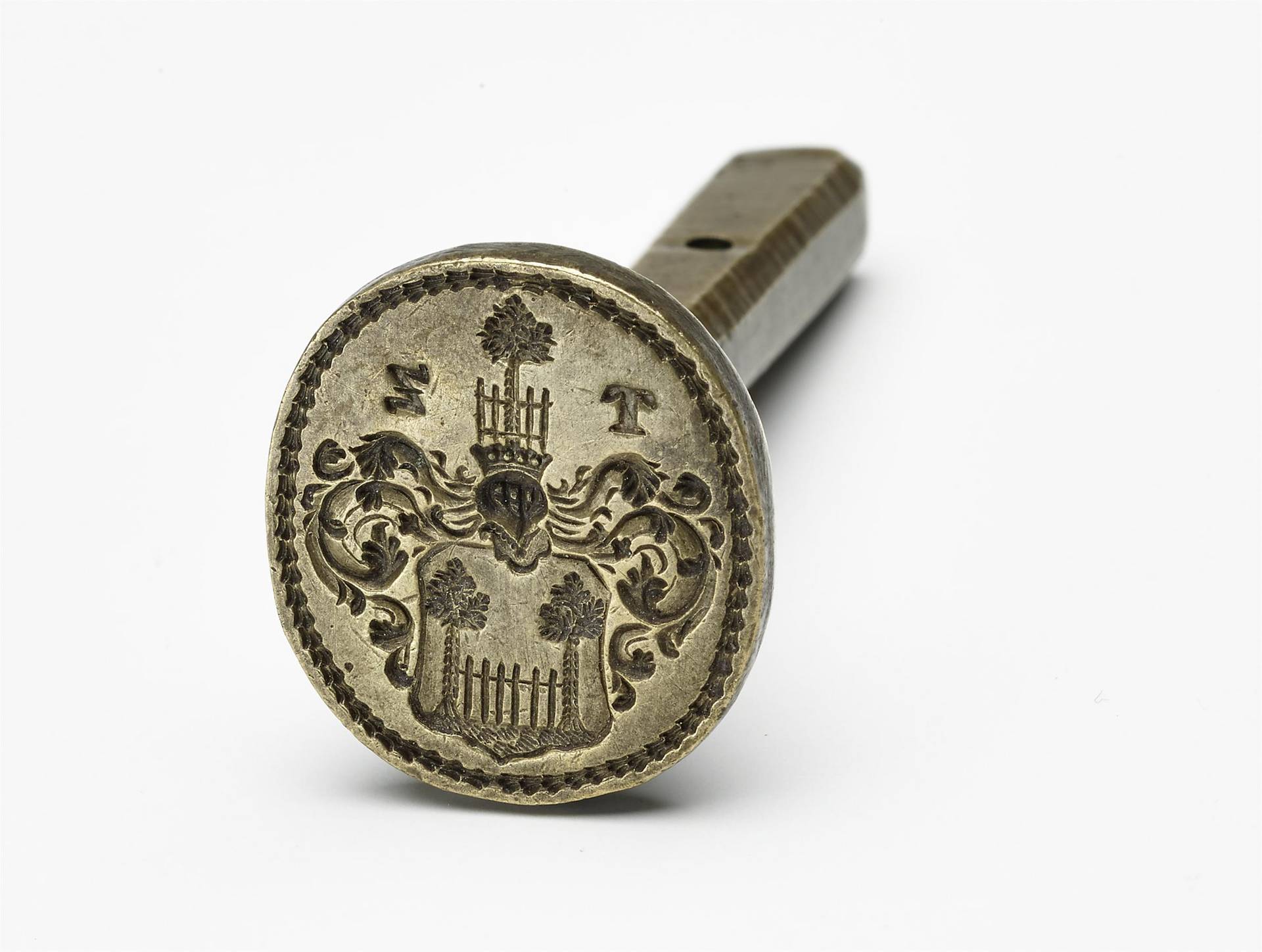STUDIENGEBÄUDE ALPENSTRASSE
Alpenstraße 75
5020 Salzburg
E Alexandra Hylla M.A. (currently maternity leave)
T +43-662-62 08 08-704
COINS, MEDALS AND MONETARY TOKENS
History
At the museum’s founding in 1834, the coins and medals of the former independent archiepiscopal foundation of Salzburg were an important part not only of the collection but also of the presentation. The collection grew at a significant rate in the following decades. Its development was especially encouraged by the fact that several curators were simultaneously the foremost numismatists in Salzburg at that time. Above all Karl Roll (1850–1934) made an important contribution to it – the City of Salzburg has even named a street after him. The purchase of the Roll Collection ultimately made the museum collection the most comprehensive of its kind. The inventory suffered a grave and irreplaceable loss shortly after the end of the Second World War. After American soldiers transported the holdings to Hallein in 1945 – they had been salvaged in Dürrnberg – almost half the total inventory of Salzburg coins and medals went missing, among them nearly all rare and unique objects. Since then, a number of important pieces have been bought back, among them the 20 ducat of Archbishop Firmian made by Georg Raphael Donner. Nevertheless, the missing 1504 Rübentaler (turnip thaler) and the 1790 Löwentaler (lion thaler) make a lamentable gap in the collection.
The inventory
The heart of the collection consists in the Salzburg coins and medals. Coins were minted from the tenth century until 1810 with only few interruptions in Salzburg and several other cities and towns of the archiepiscopal foundation. In the Middle Ages and the sixteenth century, the coins minted here – contingent to the rich precious metal deposits in the Salzburg region – wielded great economic influence far beyond Salzburg. In the Early Modern Age important artists and dye cutters literally "put their stamp” on the appearance of the Salzburg coins and medals.
The collection contains an extensive inventory of banknotes and paper money. A focus here is put on the local emergency issue of money after the First World War, some of which was designed by well-known artists, such as Anton Faistauer.
More then 500 seal stamps show a spectrum of archiepiscopal seals since the eleventh century, from Salzburg guild seals to those of greatly diverse Salzburg institutions and persons. These are joined by original and later seal impressions and seal marks usual to the nineteenth century.
Worthy of mention here from the orders, distinctions of honour and insignia are the insignia of the Salzburg Ruperti Order of Knights, the Chapter Cross of the Salzburg Cathedral Chapter and a great number of Tuscan orders, which the museum received from the Habsburg-Tuscany dynasty.
Moreover, the Salzburg Museum also houses the most comprehensive medieval treasury of coins in Austria. In 1978, more than 28,000 silver coins were discovered in the house on Judengasse 10. Besides a great number of pfennigs from Salzburg and the neighbouring mints, the trove also contained Venetian, Serbian and French coins.
The main focus during recent years of new acquisitions for enlarging the inventory lies on the restitution of Salzburg coins and medals stolen in 1945. At present, the museum is endeavouring to purchase the diverse mintage and other numismatic objects with a reference to Salzburg, pre-eminently of the twentieth century. The collection range includes artistic medals made by Salzburg medailleurs, coins commemorating famous Salzburgians, first and foremost Wolfgang Amadeus Mozart, also medals and insignia relevant to Salzburg events and locations.
Numismatic objects can mainly be seen in the Neue Residenz. Here, the Bishops’ Hall is devoted entirely to Salzburg coins and medals, from Archbishop Mark Sittich von Hohenems to Hieronymus Colloredo. Individual coins and medals on specific themes, for instance the construction of the cathedral, are also on show.




